Red Hat Enterprise Linux becomes foundational operating system for Cohesity Data Cloud
New strategic partnership between Red Hat and Cohesity aims to drive innovation in the data security and management space
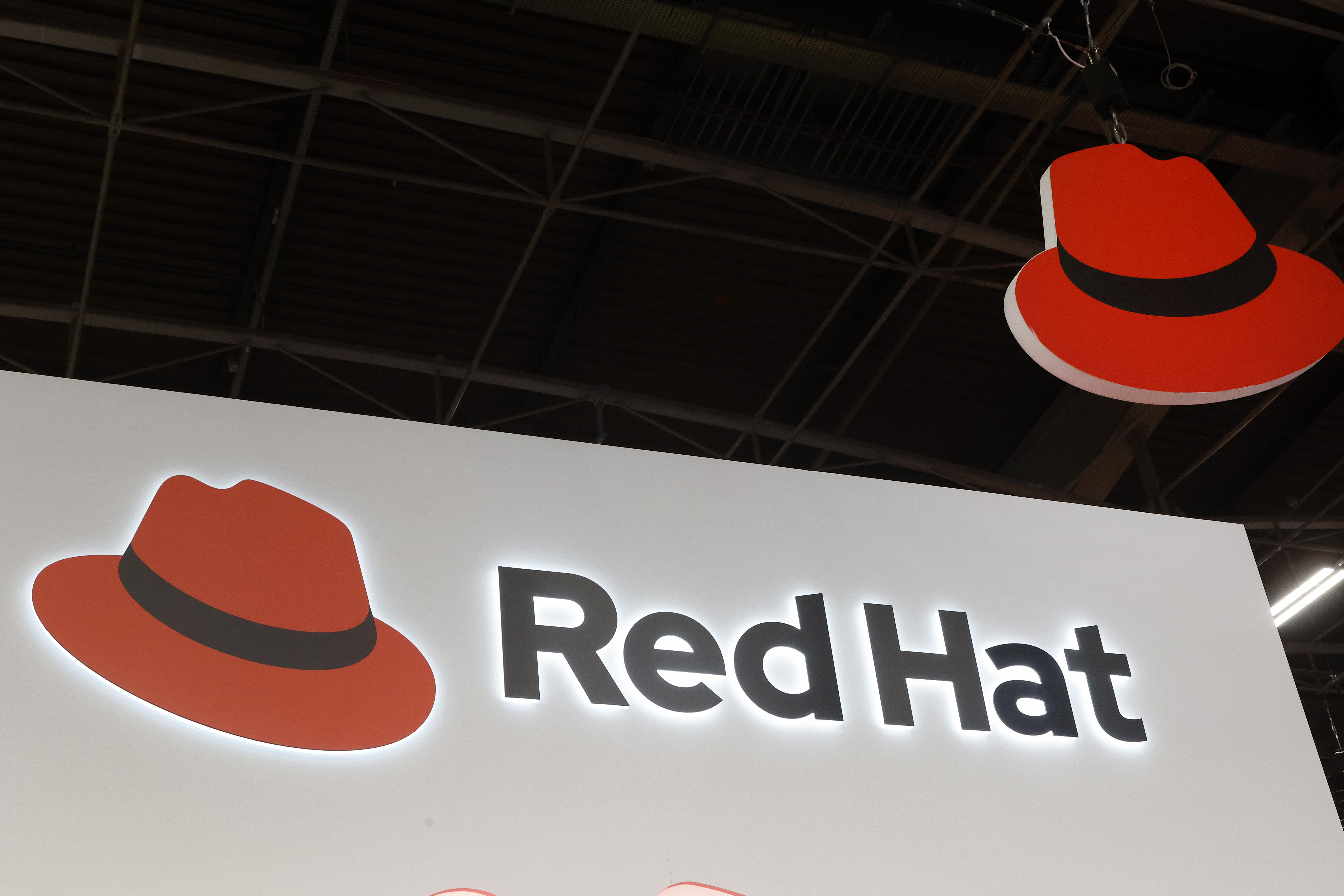

Open source giant Red Hat has announced a new strategic partnership with Cohesity that will see Red Hat Enterprise Linux (RHEL) become the foundational operating system for Cohesity Data Cloud.
Cohesity specializes in combining AI-powered data security and management to provide users with security features, operational simplicity, and scalability. The firm’s Data Cloud platform offers a single interface that unifies the security posture of data across sources, services, vendors, and technologies.
As part of the company’s new collaboration with Red Hat, the Enterprise Linux operating system will now underpin Cohesity Data Cloud, replacing CentOS Linux 7.
In an announcement, the pair said the move will help drive innovation across data security and management, providing customers with Red Hat’s support and domain-specific expertise and allowing Cohesity staff to place a greater focus on the Data Cloud’s customer experience.
“The chain of modern IT security is only as strong as the most basic link, which frequently is Linux,” commented Red Hat president and CEO Matt Hicks. “With Red Hat Enterprise Linux, Cohesity will bring the strong capabilities of the world’s leading enterprise Linux platform to its customer base.
“This foundation provides greater confidence that the Cohesity Data Cloud is working to address security at a fundamental level in support of modern hybrid cloud infrastructure.”
Changing needs
Cohesity made the decision to switch from CentOS Linux 7 to RHEL after experiencing challenges around the growth of its Data Cloud product. As both the platform's user numbers and capabilities grew, the firm said it particularly noticed issues with the weight of maintenance and patching burdens that this growth placed on its product engineers.
ChannelPro Newsletter
Stay up to date with the latest Channel industry news and analysis with our twice-weekly newsletter
With RHEL's hybrid cloud-ready platform, Cohesity said it will now be able to utilize OS-specific full-time customer support and engineering resources, as well as speedier response to security vulnerabilities thanks to Red Hat’s incident response teams.
The move is also expected to bring Linux consistency around skills, commands, and capabilities to IT environments, whether that’s in the datacenter or public clouds, while also offering a streamlined migration process through Red Hat’s range of transition tools.
With the migration journey already underway, Cohesity said the underlying security capabilities of Red Hat Enterprise Linux complement its own approach to data security.
RELATED RESOURCE

Narrow down your options and choose the best restaurant POS system for your business.
DOWNLOAD NOW
“Enterprises look to Cohesity as the leading solution for cyber-resilient data security and management for hybrid and multi-cloud environments,” said Sanjay Poonen, CEO and president, Cohesity. “Cohesity forged a strategic partnership with IBM earlier this year, and we are thrilled to now also collaborate with Red Hat.
“With Red Hat Enterprise Linux, our engineering teams can innovate faster on our leading data security and management platform, helping our customers stay ahead of modern-day challenges.”
Dan is a freelance writer and regular contributor to ChannelPro, covering the latest news stories across the IT, technology, and channel landscapes. Topics regularly cover cloud technologies, cyber security, software and operating system guides, and the latest mergers and acquisitions.
A journalism graduate from Leeds Beckett University, he combines a passion for the written word with a keen interest in the latest technology and its influence in an increasingly connected world.
He started writing for ChannelPro back in 2016, focusing on a mixture of news and technology guides, before becoming a regular contributor to ITPro. Elsewhere, he has previously written news and features across a range of other topics, including sport, music, and general news.
-
 Bigger salaries, more burnout: Is the CISO role in crisis?
Bigger salaries, more burnout: Is the CISO role in crisis?In-depth CISOs are more stressed than ever before – but why is this and what can be done?
By Kate O'Flaherty Published
-
 Cheap cyber crime kits can be bought on the dark web for less than $25
Cheap cyber crime kits can be bought on the dark web for less than $25News Research from NordVPN shows phishing kits are now widely available on the dark web and via messaging apps like Telegram, and are often selling for less than $25.
By Emma Woollacott Published
-
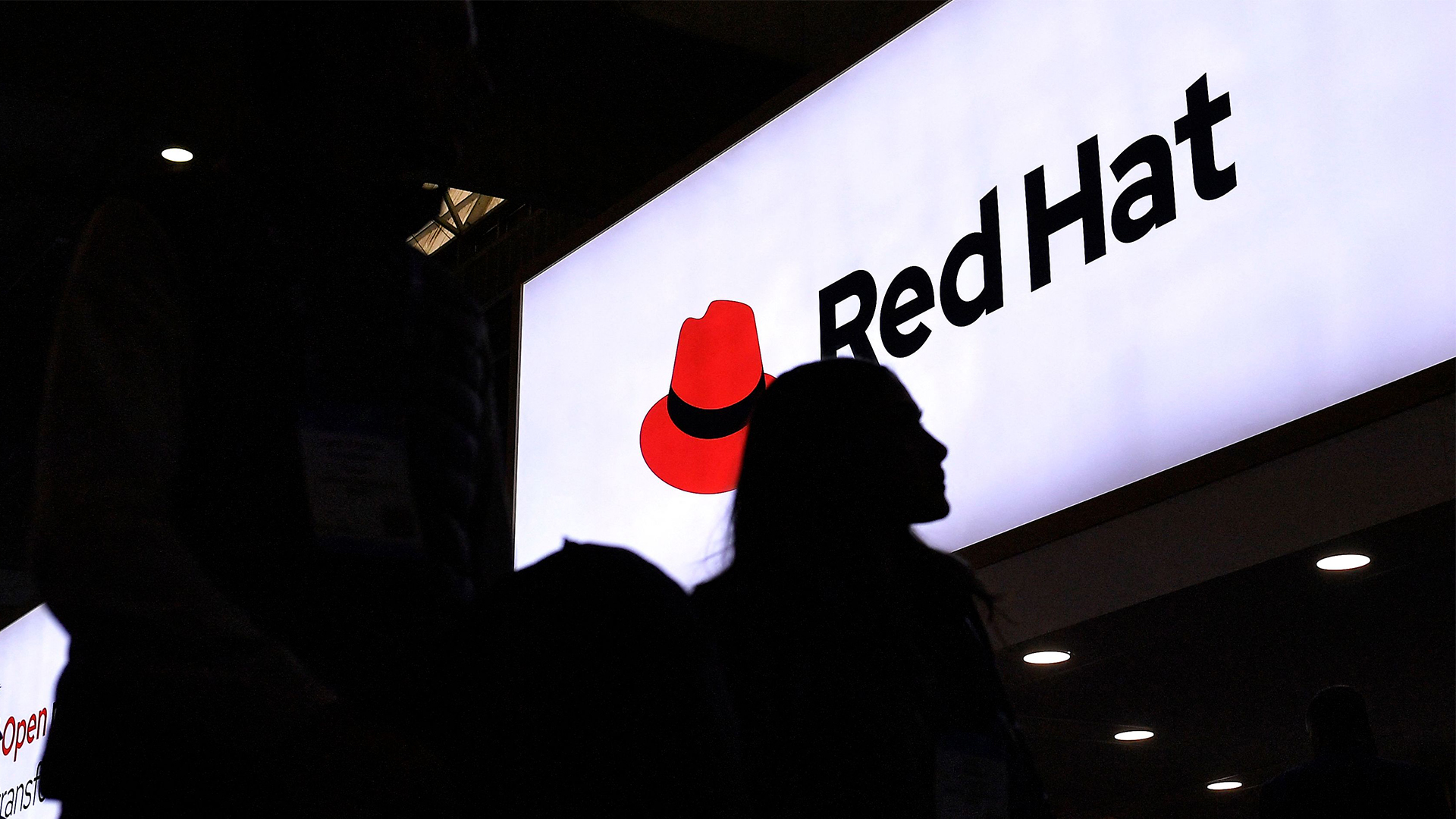 Red Hat just made three big changes to its developer hub – here’s what you need to know
Red Hat just made three big changes to its developer hub – here’s what you need to knowNews Red Hat has unveiled a raft of upgrades for Red Hat Developer Hub (RDHD), including support for a local version as well as new analytics.
By Nicole Kobie Published
-
 Red Hat launches Build module as part of partner program refresh
Red Hat launches Build module as part of partner program refreshNews Red Hat has announced new changes to its partner program, including the launch of a new 'Build' module and go-to-market support capabilities.
By Daniel Todd Published
-
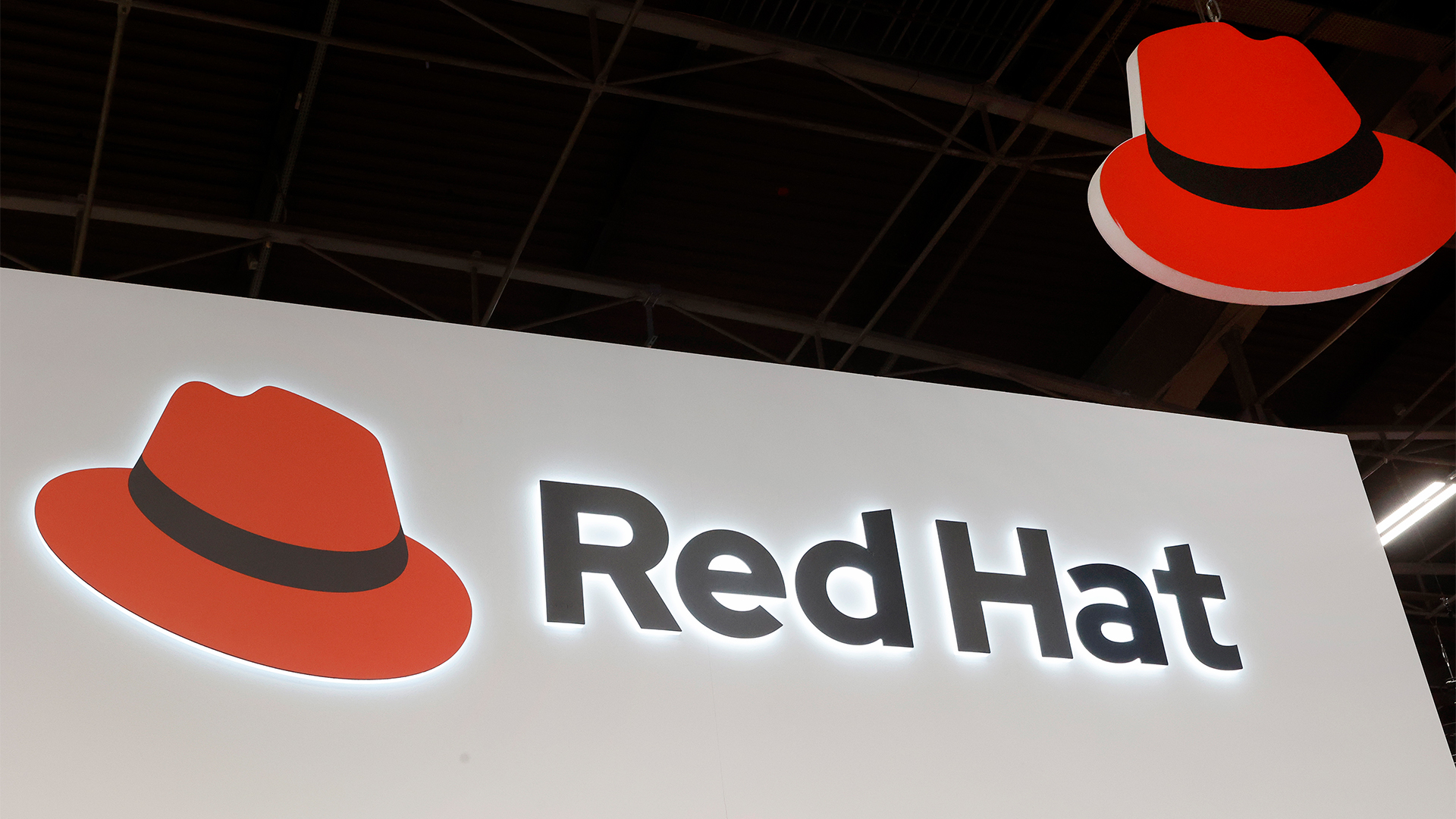 Red Hat eyes “clear pathways for collaboration” with new partner program updates
Red Hat eyes “clear pathways for collaboration” with new partner program updatesNews The enhanced framework for Red Hat partners features a new modular design and fresh incentives
By Daniel Todd Published
-
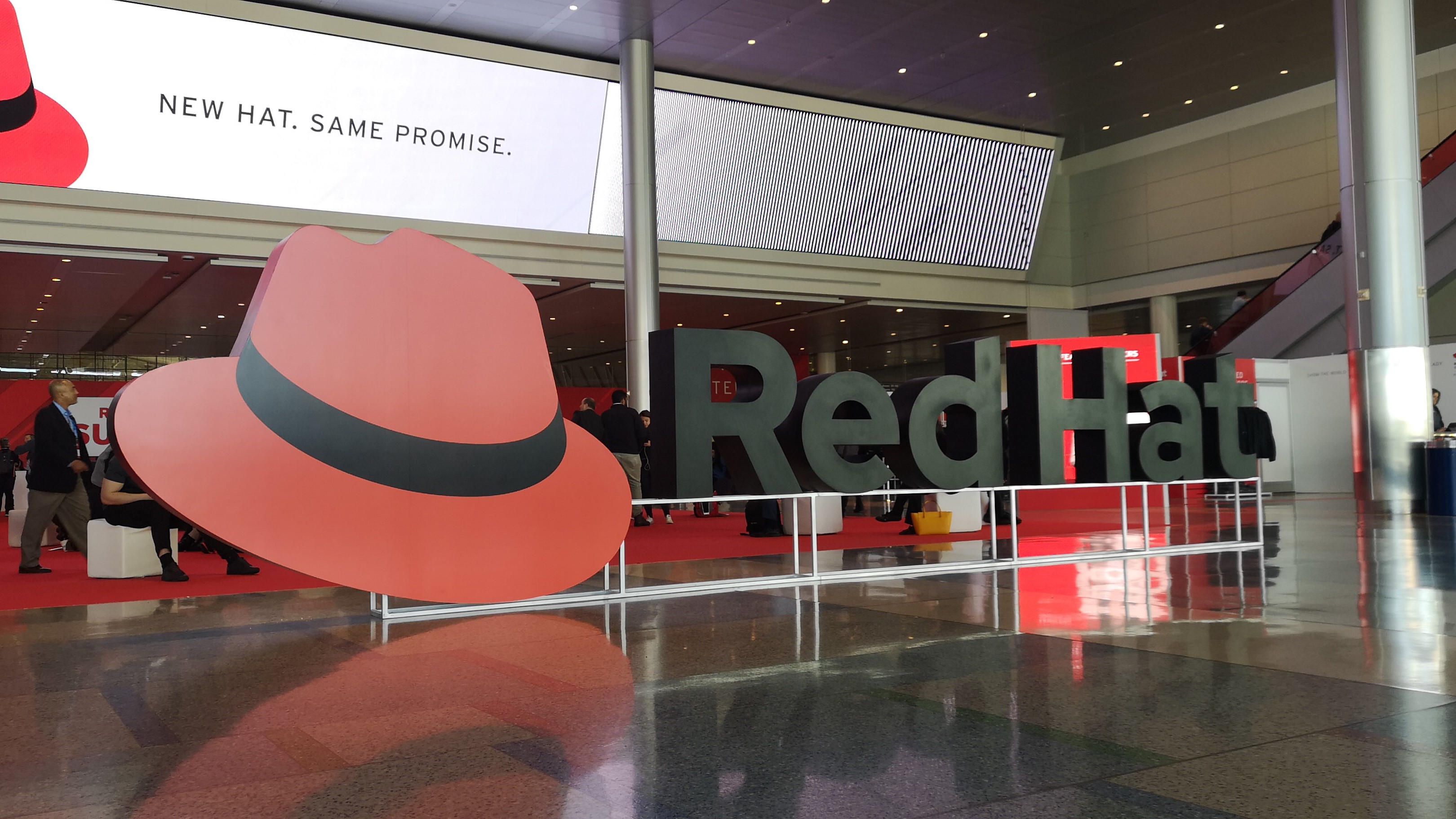 Red Hat adds trio of new tools to its Trusted Software Supply Chain
Red Hat adds trio of new tools to its Trusted Software Supply ChainNews The open-source giant said the additions will help organizations tackle vulnerabilities in their supply chains earlier and improve overall resiliency
By Daniel Todd Published
-
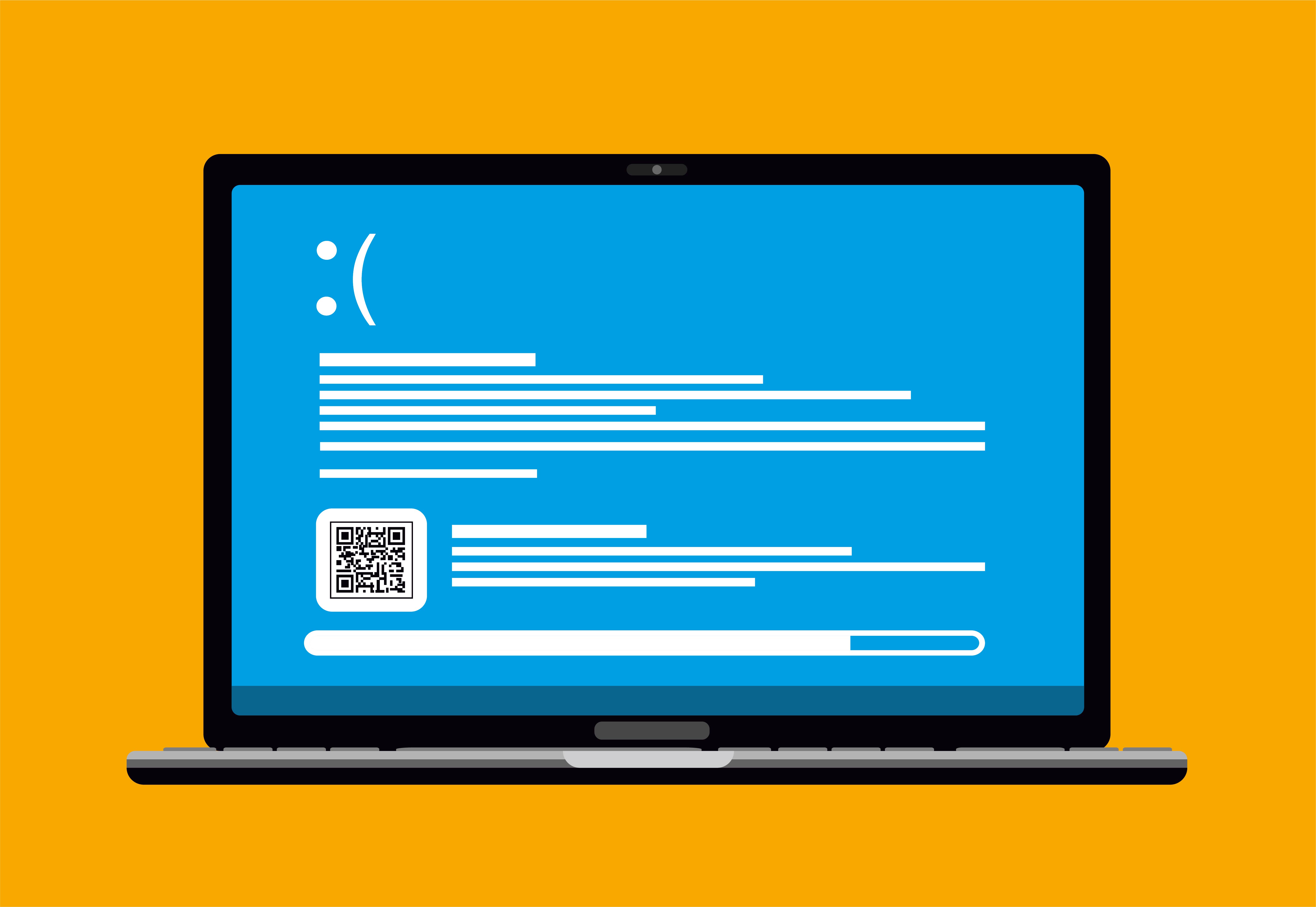 Linux Blue Screen of Death gives users a taste of the dreaded Windows feature
Linux Blue Screen of Death gives users a taste of the dreaded Windows featureNews The Linux Blue Screen of Death has been added in a recent update
By Ross Kelly Published
-
 Tiny11 review: Windows 11 with only 2GB of RAM
Tiny11 review: Windows 11 with only 2GB of RAMReview A version of Windows 11 for older machines that don't meet the full requirements
By Nik Rawlinson Published
-
 Can the Open Enterprise Linux Association overcome Red Hat’s restrictions?
Can the Open Enterprise Linux Association overcome Red Hat’s restrictions?Analysis Defining how compatibility will be achieved is the crucial question in the Red Hat Enterprise Linux saga
By Richard Speed Published
-
 Ubuntu shifts to four-week update cycle
Ubuntu shifts to four-week update cycleNews Critical fixes will also come every two weeks, mitigating the issues involved with releasing prompt patches on the old three-week cadence
By Richard Speed Published